FORMAT OF MANUSCRIPTS
Examples of the correct format for submitted papers are available on our website. Original Articles should be arranged in the following order: (i) title, author(s) and affiliation(s); (ii) running title; (iii) abstract and keywords; (iv) introduction; (v) materials and methods; (vi) results; (vii) discussion; (viii) acknowledgements; (ix) funding; (x) references; (xi) figure and table legends; (xii) tables; (xiii) figures. Short Communications should be arranged in the following order: (i) title, author(s) and affiliation (s); (ii) running title; (iii) abstract and keywords; (iv) introduction; (v) materials and methods; (vi) results and discussion; (vii) acknowledgements; (viii) funding; (ix) references; (x) figure and table legends; (xi) tables; (xii) figures. Lab Note and New Phenomenon should be arranged in the following order: (i) title, author(s) and affiliation(s); (ii) main contents; (iii) acknowledgements; (iv) funding; (v) references; (vi) figure and table legends. The locations of figures and tables in the text should be indicated. Footnotes to the text are not allowed and any such material should be incorporated into the text as parenthetical matter.
Title: The title should be short and informative, less than 20 words, and should not include non-standard acronyms or abbreviations.
Authors and affiliations: (i) the full names of all authors; (ii) the addresses of the institutions at which the work was carried out together with the full postal address incluing post codes; (iii) the email address, telephone and facsimile umbers of the author to whom correspondence about the manuscript should be sent. The present address of any author, if different from that where the work was carried out, should be supplied as a footnote.
Running title: A running title should be provided and should be less than 60 characters.
Abstract: The abstract should describe clearly the aim, major findings and conclusions of the research. It must not exceed 250 words.
Keywords: Five or fewer key words should be listed below the abstract. Keywords should be taken from those recommended by the Index Medicus Medical Subject Headings (MeSH) browser list at http
Introduction: The basic principles of research, background, earlier related work and the purpose of the present studies should be described in the introduction.
Materials and Methods: Experimental procedures should be brief but complete enough to be repeated; procedures published previously should be cited in references. Source of materials should be given in bracket where they first appear.
Results: It is recommended that results be presented in figures and tables along with a suitable description in the text.
Discussion: The discussion should be concise (no more than three pages) and focus on the interpretation of the results.
References: The Vancouver system of referencing should be used (examples are given below)。 In the text, references should be marked using [Arabic numerals] in the order in which they appear.
In the reference list, if a reference has many authors, list only the first seven authors, followed by 'et al.' Reference to unpublished data and personal communications should not appear in the list but should be cited in the text only (e.g. Smith A, 2000, unpublished data)。 All citations mentioned in the text, tables or figures must be listed in the reference list.
Names of journals should be abbreviated according to the style used in Index Medicus. Authors are responsible for the accuracy of the references.
Neufeld EB, Remaley AT, Demosky SJ, Stonik JA, Cooney AM, Comly M, Dwyer NK, et al. Cellular localization and trafficking of the human ABCA1 transporter. J Biol Chem 2001, 276: 27584-27590.
Hanahan D, Jessee J, Bloom FR. Techniques for transformation of E. coli. In: Glover DM, Hames BD eds. DNA Cloning: A Practical Approach. 2nd ed. England: Oxford University Press 1998, 122-123.
Footnotes: A footnote below the key words can only include the present address(es) of any author(s) if different from that in the affiliation(s)。
Tables: Tables should be self-contained and complement, but not duplicate, information contained in the text. Tables should be consecutively numbered in the text in Arabic numerals. Legends should be concise but comprehensive: the table, legend and footnotes must be understandable without reference to the text. Vertical grid lines should not be used to separate columns. Each column in a table must have a heading, with units of measurement in parentheses; all abbreviations must be defined in footnotes.
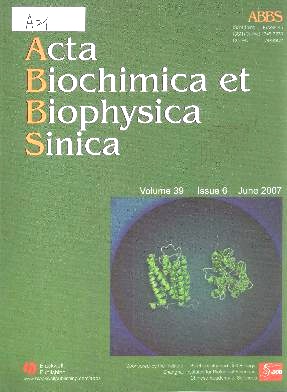 1-3个月快速审稿
1-3个月快速审稿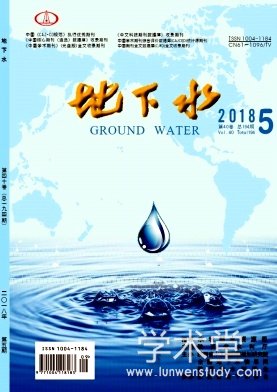 地下水杂志省级
地下水杂志省级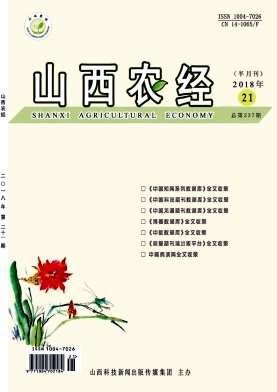 山西农经省级
山西农经省级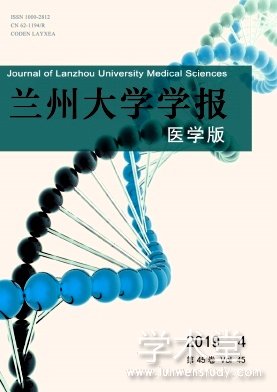 兰州大学学报(医学版)国家级
兰州大学学报(医学版)国家级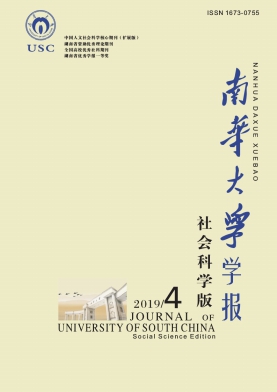 南华大学学报(社会科学版)CSSCI南大核心,北大核心
南华大学学报(社会科学版)CSSCI南大核心,北大核心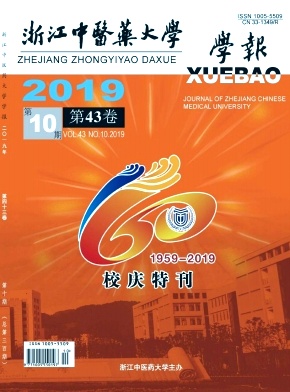 浙江中医药大学学报国家级
浙江中医药大学学报国家级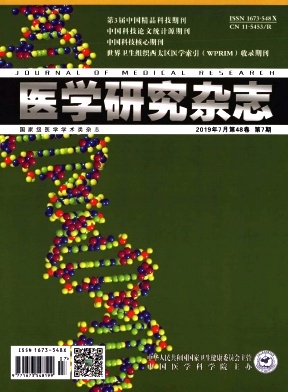 医学研究杂志统计源核心
医学研究杂志统计源核心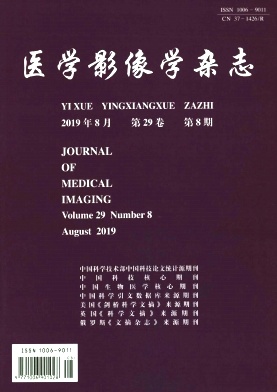 医学影像学杂志统计源核心
医学影像学杂志统计源核心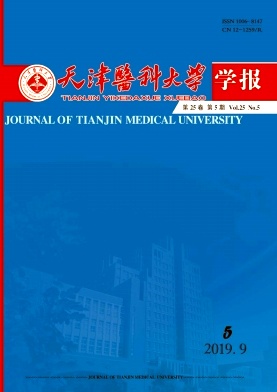 天津医科大学学报省级
天津医科大学学报省级




